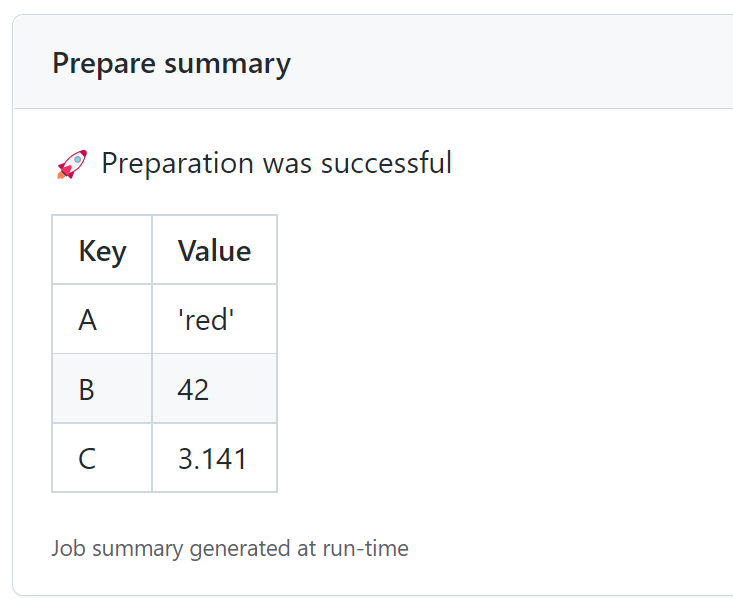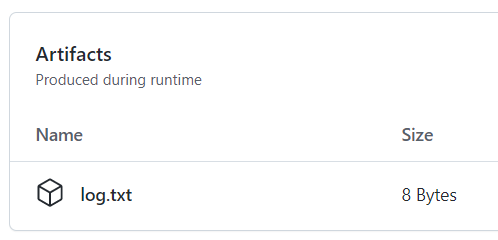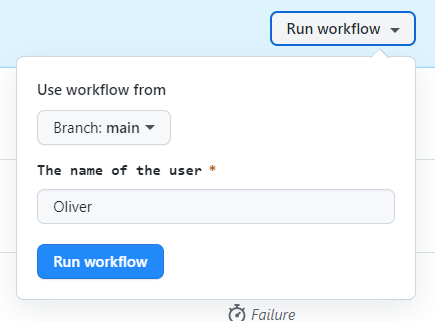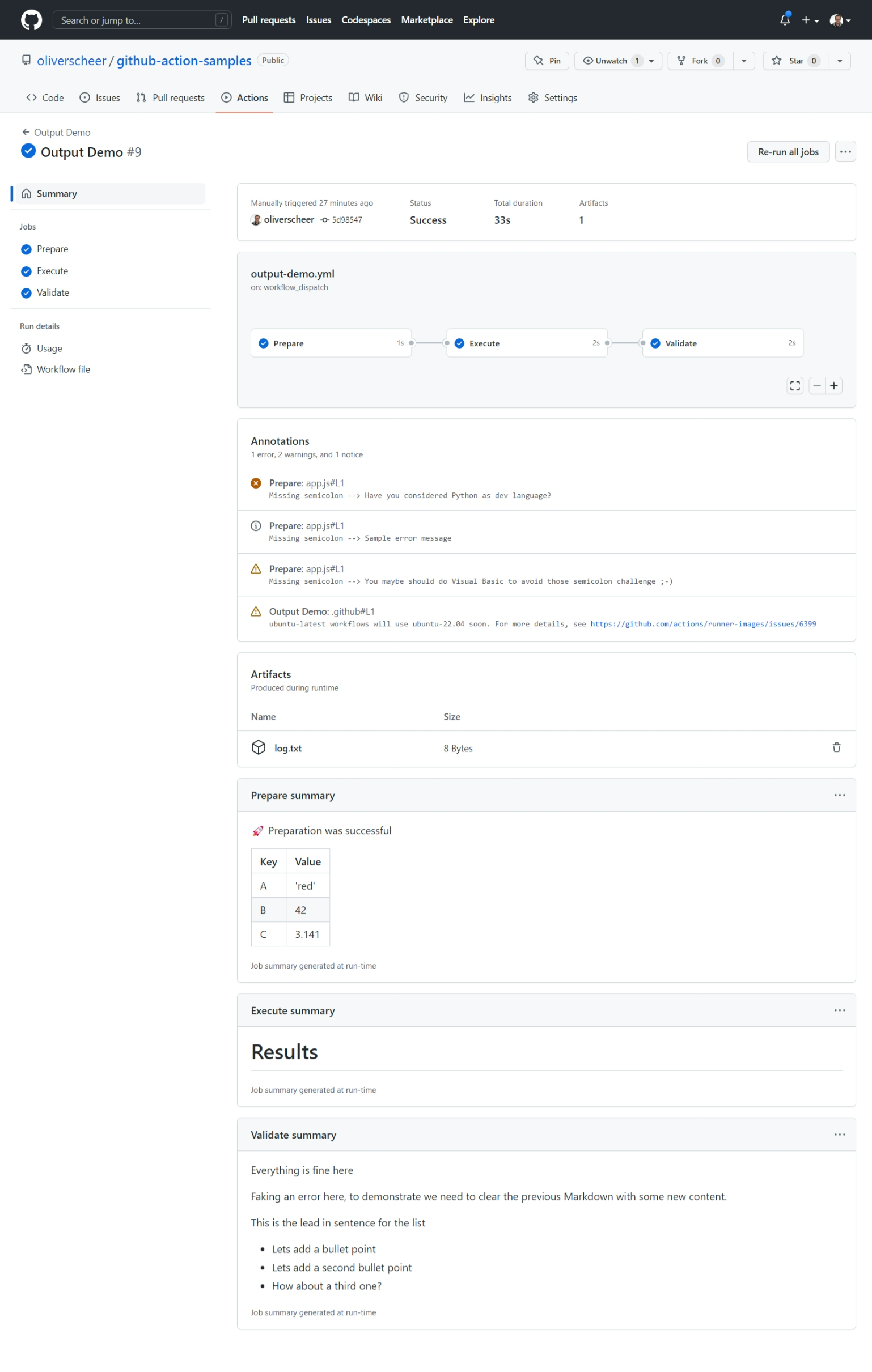My samples about GitHub Actions that I learned in multiple customer projects.
You can find the official documentation on GitHub Actions here: https://docs.github.com/en/actions/learn-github-actions
I'm a big fan of GitHub Actions because they are easy to develop and helps very much in automation almost everything.
Some bash scripts can generate a lot of valuable output, or a loooooong list to scroll down to find the right information. During some projects I learnt some helpful tricks, that I want to share here with you.
steps:
- shell: bash
run: |
echo "# Results" >> $GITHUB_STEP_SUMMARY
echo "::group::My very long list"
echo "Log output of execution"
for i in {1..100}
do
echo "Log $i"
done
echo "::endgroup::"
echo "::group::My title 2"
echo "Inside group"
echo "Inside group"
echo "::add-mask::Mona The Octocat"
echo "Inside group"
echo "::endgroup::"If required you can expanded the list:
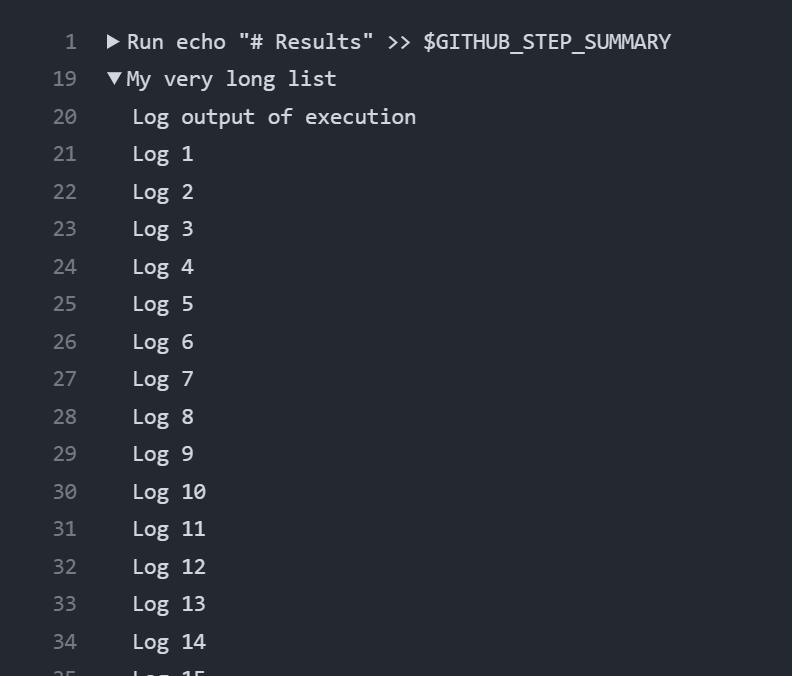
I was reading the logs of each step to check if something was successful or for some outputs during some tasks.
Then I just learned that you can generate some extra entries for the summary page of your workflow.
jobs:
prepare-job:
runs-on: ubuntu-latest
name: Prepare
steps:
# Writing into step summary
echo "New resource group created with name ABC" >> $GITHUB_STEP_SUMMARY
echo ":rocket: Preparation successful" >> $GITHUB_STEP_SUMMARY
echo "| Key | Value |" >> $GITHUB_STEP_SUMMARY
echo "| --- | ----- |" >> $GITHUB_STEP_SUMMARY
echo "| A | 'red' |" >> $GITHUB_STEP_SUMMARY
echo "| B | 42 |" >> $GITHUB_STEP_SUMMARY
echo "| C | 3.141 |" >> $GITHUB_STEP_SUMMARYThis will result to this output on the summary page, as soon as the step is done.
Not new, but extrem helpful in finding issues, or get access to remote generated content. Just create some files, and upload them as artifacts. You can download them easily in other jobs in the same workflow. This makes sense if you build something on linux for example, but need it on windows in a later step, for example.
steps:
- id: generate-log-file
shell: bash
run: |
for i in {1..100}
do
echo "Log $i" > log.txt
done
- id: upload-log-file
use: uses: actions/upload-artifact@v3
with:
name: log.txt
path: log.txtGitHub Actions are very dynamic and can be configured by input variables that you can use inside the logic.
You can define to run the workflow manually on GitHub with the workflow_dispatch trigger:
name: Output Demo
on:
workflow_dispatch:
inputs:
username:
description: "The name of the user"
default: "Oliver"
required: trueIn later steps you can access those inputs very simple with the followin snippet:
echo "Hello ${{ inputs.username }}"If you want to output some information on the summary page and also in the classic logging, you can use the following trick.
- name: Duplicate outputs in log and summary
run: |
# 2 lines for ouput in logging and in summary
echo "You want to output this in the logs and summary"
echo "You want to output this in the logs and summary" >> $GITHUB_STEP_SUMMARY
# 1 line for output and summary
echo "You want to output this in the logs and summary" | tee -a $GITHUB_STEP_SUMMARYThe tee command allows us to print something and take this as an input to some other "outputs" like files or env vars.
The good thing about tee is, that you can use multiple outputs in one line:
tee -a myfile.txt myotherfile.txt $GITHUB_STEP_SUMMARYAfter applying some of my favorite tricks the summary page looks like this:
Coming next:
- Test workflows in a branch
- Build Re-usable components
- Good practices for naming inputs and environment vars
- Parallel execution
- Write an az cli like action
- Context
- add linting but only for added/changed files

